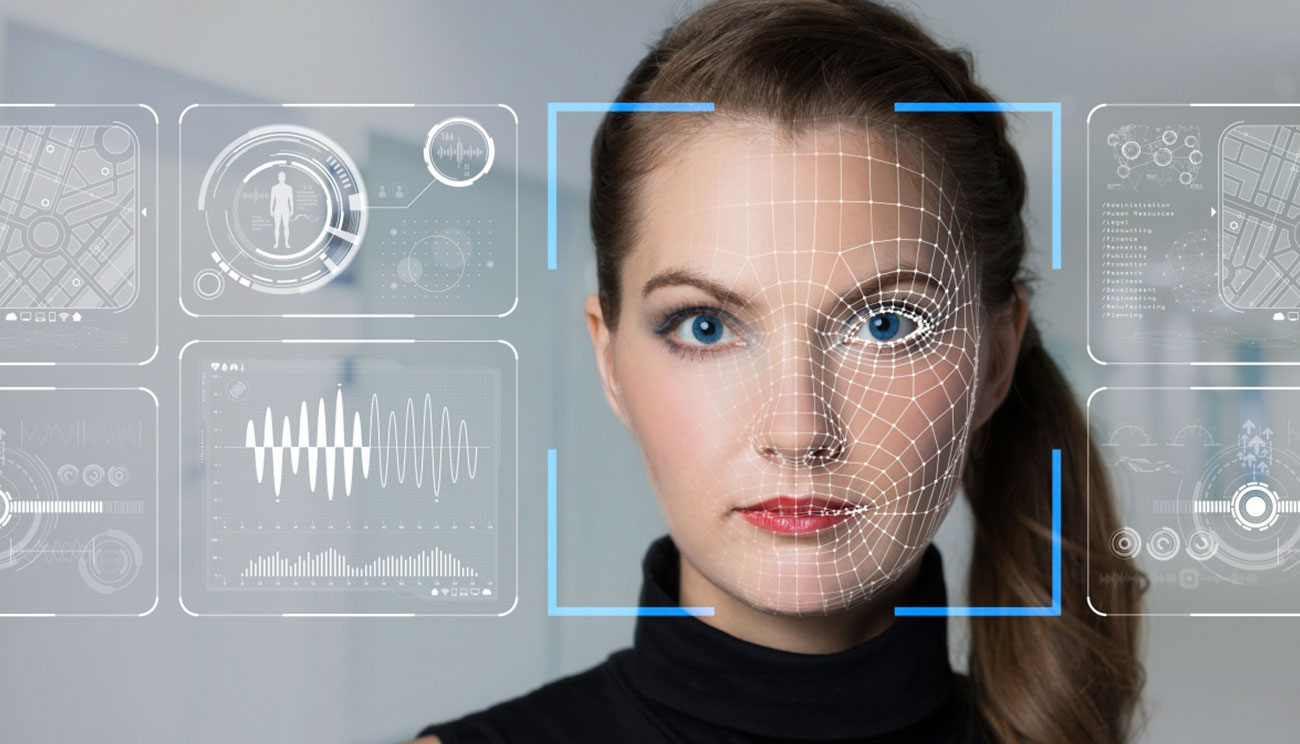Facial recognition systems were considered the stuff of sci-fi novels and spy movies for many years, until they became an everyday reality. Is this technology ushering us into a more connected way of living, or is it an invasion of our most basic rights to privacy?
What is Facial Recognition Technology?
Facial recognition is a type of biometric technology, meaning it applies statistical information to biological data. Other types of biometrics include voice recognition, fingerprint matching and retina scanning.
Facial recognition software has the capability to identify a person, or verify their identity, by analysing a digital image of their face. The technology works by mapping that person’s facial features, and saving this unique information as a “fingerprint”. The software can compare an image of a person’s face to the information saved in the database, to confirm their identity.
Did you know? The human face has a total of 80 “nodes” that can be used in facial recognition, but it only takes 14-22 nodes to identify a person’s face.
This type of technology is mostly used for security and data protection purposes, but other uses are becoming more widespread. Let’s say you share a snap of you and your besties on Facebook. The social network’s algorithms will recognise your friends’ faces based on their own profiles, and suggest that you tag them in the photo. This is just one small example of how facial recognition is becoming part of our daily lives.
Advantages of Facial Recognition
Security: Most obviously, facial recognition systems can help to improve security for businesses, which is especially useful for those dealing with sensitive and confidential information. A biometric security system ensures that every individual entering a building or area is recognised and accounted for. Trespassers can be quickly and easily identified.
Cost-efficiency: Because facial recognition technology is automated, it also reduces the need for security guards to personally verify a match. This means businesses can save costs on hiring security staff and other security measures.
Safety: Automated security processes also mean that fewer security personnel would be put in potentially dangerous situations.
Convenience: With our personal information becoming more and more digitised, facial recognition can help us on an individual level too. Using biometrics instead of a password to secure a smartphone or laptop can keep our device safe from prying eyes. It’s also easier than memorising multiple passwords and PIN numbers.
Connection: There are some exciting possibilities for facial recognition on a social level too. Imagine meeting a room full of strangers, and having an easy, almost immediate way to find out more about them, seeing what you have in common with each one.
Of course, there’s a fine line between what some people would see as harmless or beneficial, and what some would find highly intrusive.
Disadvantages of Facial Recognition
With facial recognition becoming ever more prevalent in day-to-day life, there is a big concern about the impact it could have on personal privacy.
Exposure: Insiders speculate about potential situations like using facial recognition to determine who around you belongs to a certain cultural or religious group, or who has a criminal record. This application might make the user feel safer or better informed, but it would be invasive to those on the receiving end.
Safety: In an era where online bullying has become prevalent, this type of technology could also leave more people vulnerable to stalking and harassment in the real world.
Legislation: There are concerns that biometrics are progressing too rapidly for regulators, legislators, and the judicial system to set up standardised rules and precedents around their use. For example, in the USA, the Fifth Amendment protects people from giving up information that could incriminate them. This would include information like a password or PIN. However, a thumbprint or your face shape isn’t a piece of information you know; it’s something you are. So, is facial recognition covered by the Fifth Amendment?
An Innovative New Era for the Tech World
Despite the very real downsides to facial recognition and other biometrics, there is no doubt they are extremely exciting fields of research.
If you envision yourself coding secure, industry-leading technology like this one day, your first steps should be to get familiar with the programming languages that are most useful for facial recognition applications. These languages include Python, which is great for image processing and motion detection functions, and Java, which allows you to manually code your own functions.
Sign up for a HyperionDev coding bootcamp, to start learning all you need to know about coding cutting-edge software in Python, Java and other in-demand programming languages.


